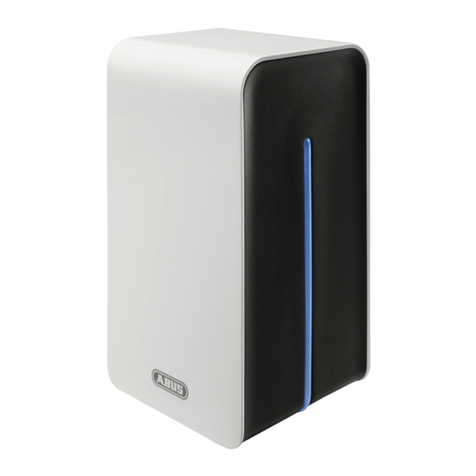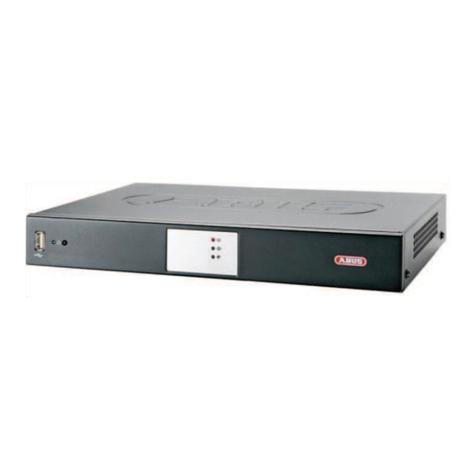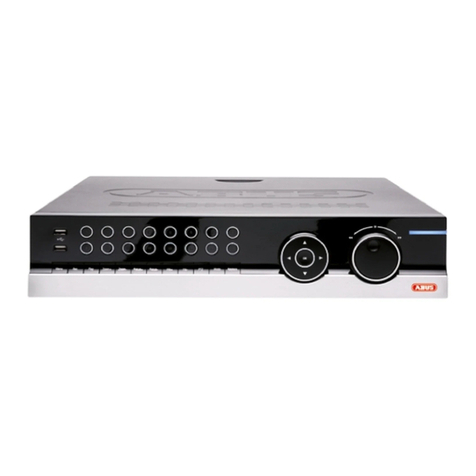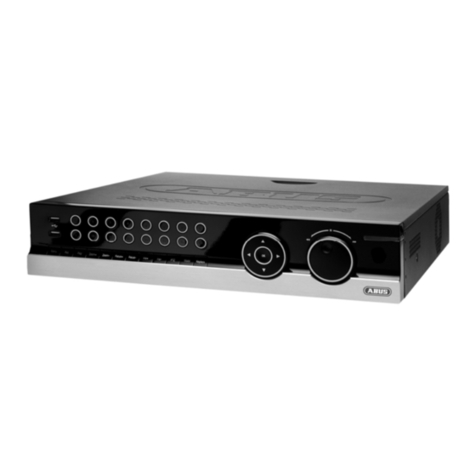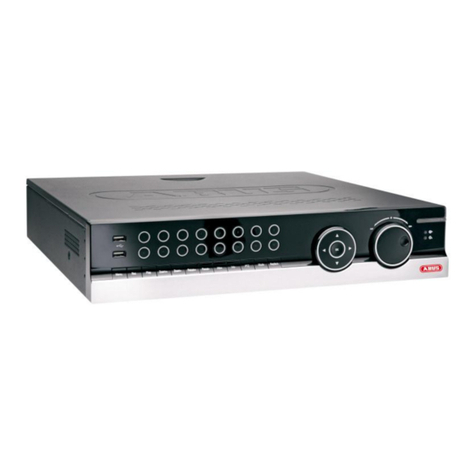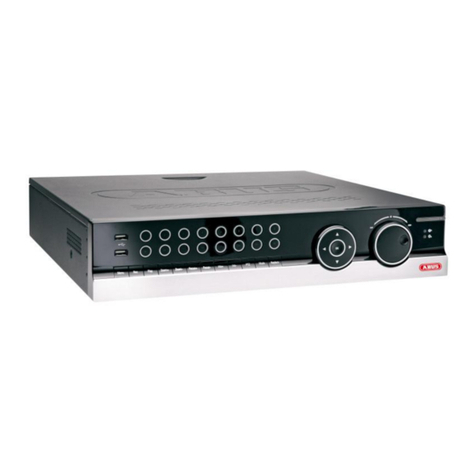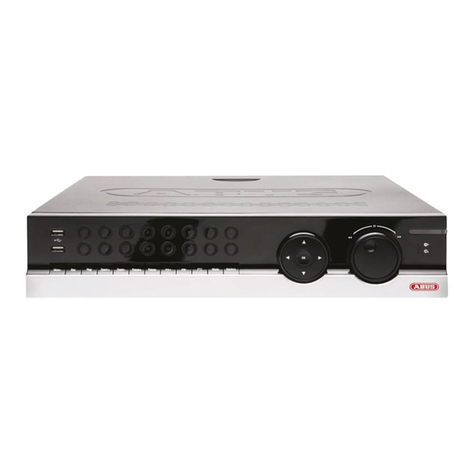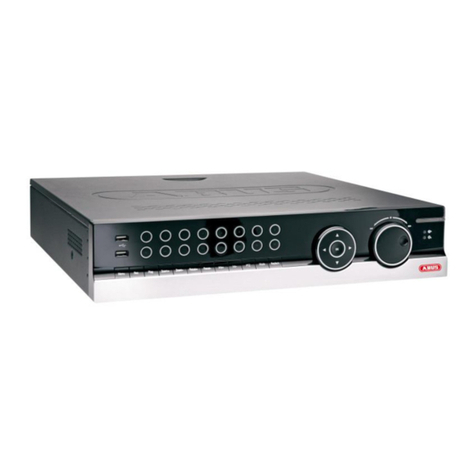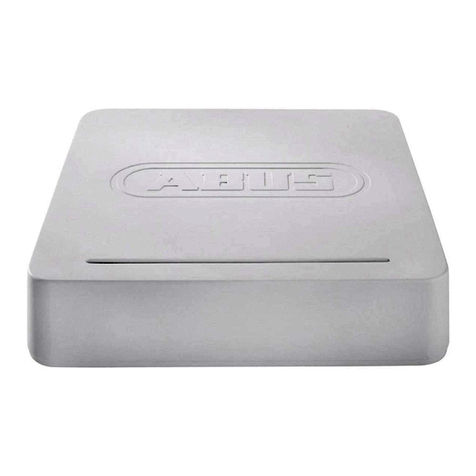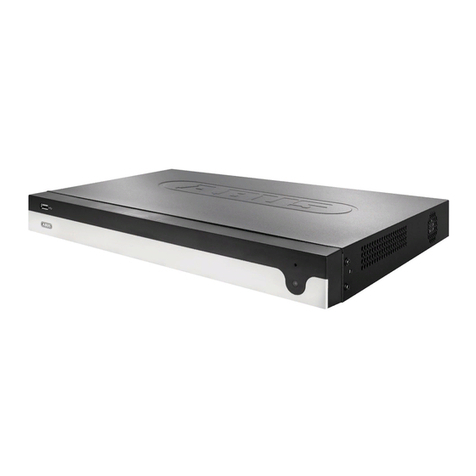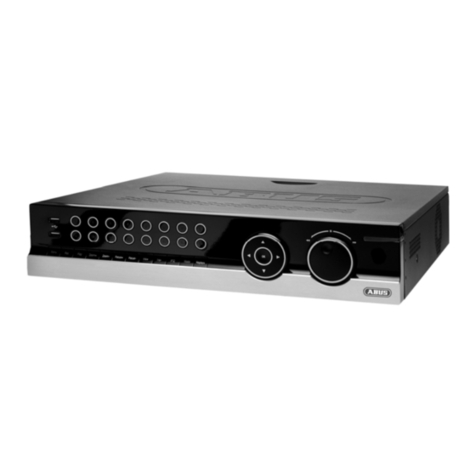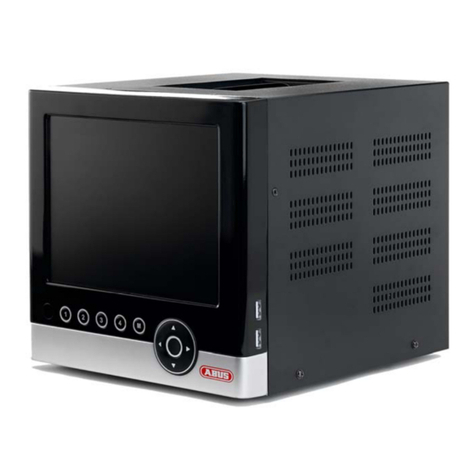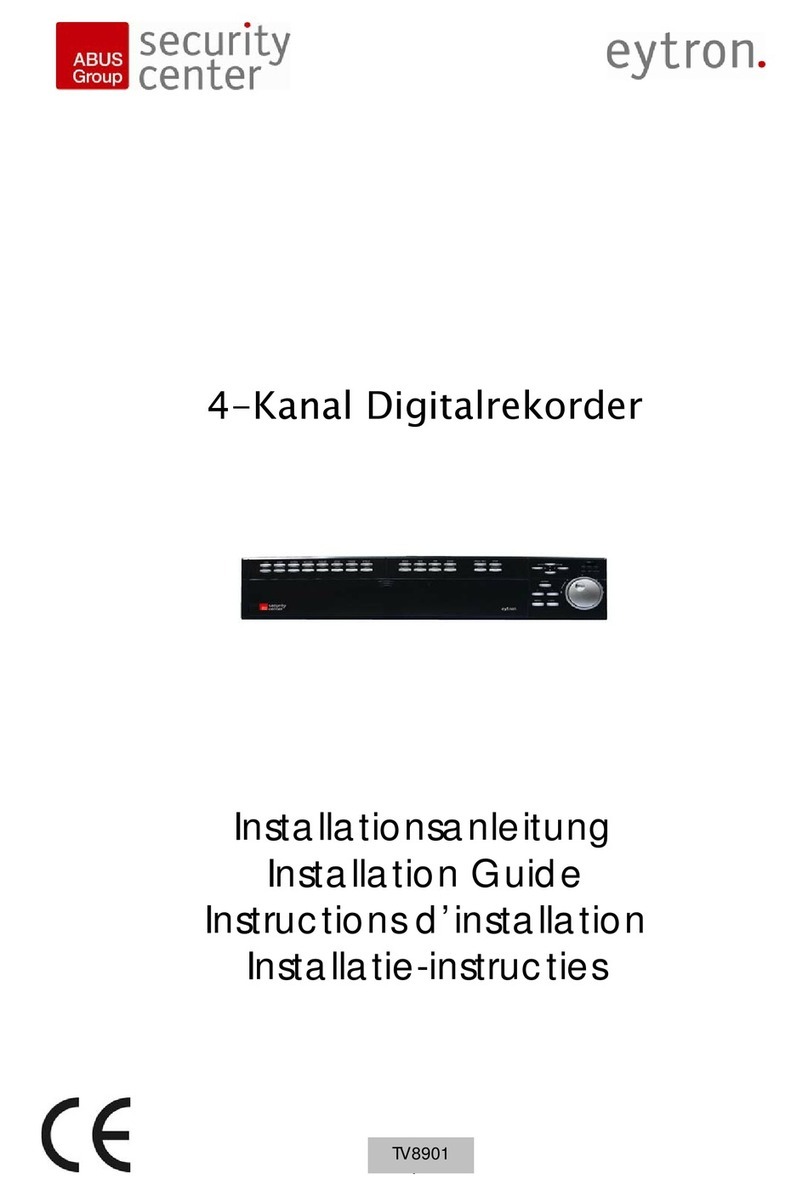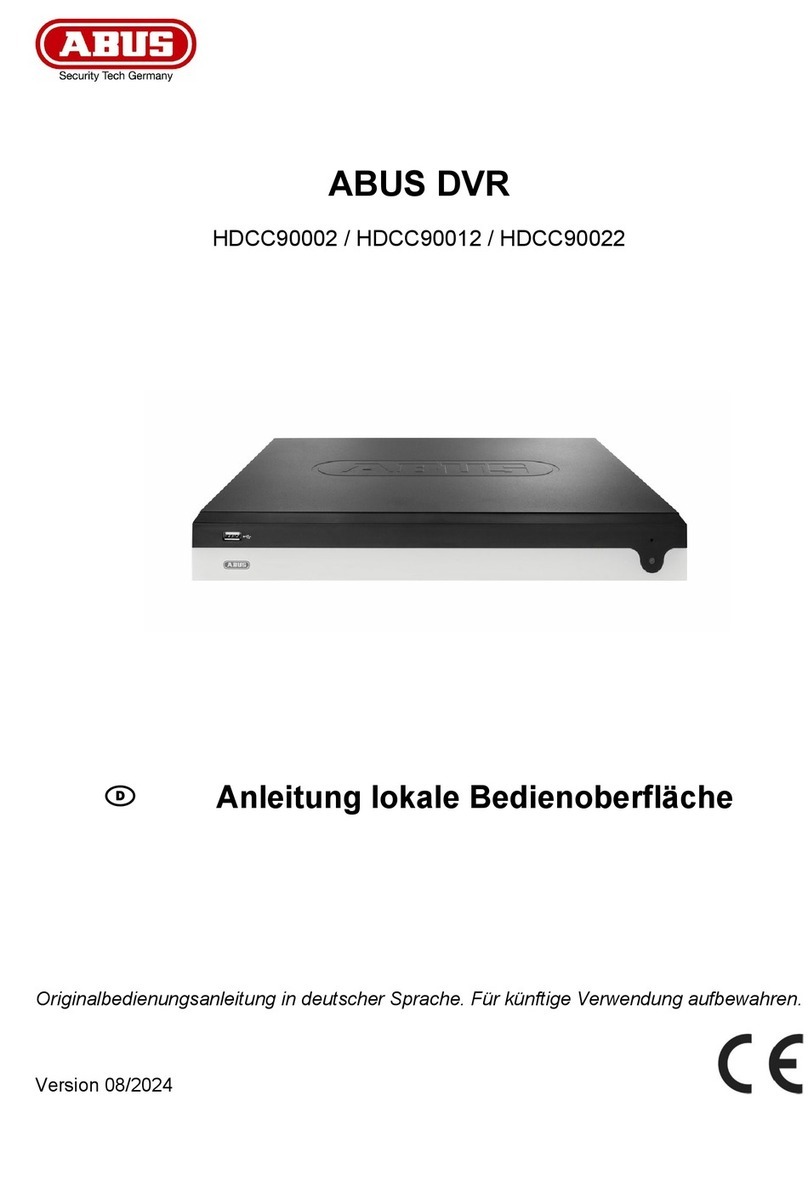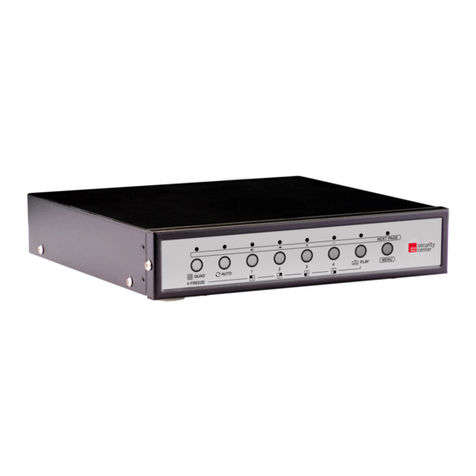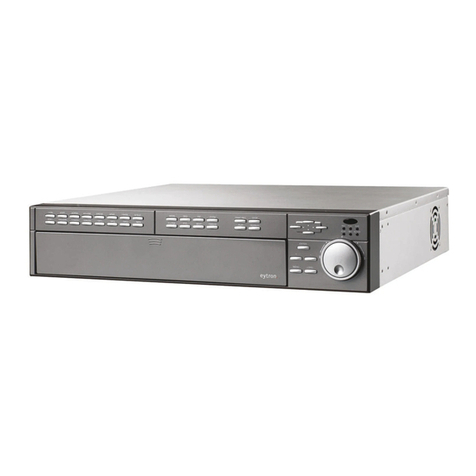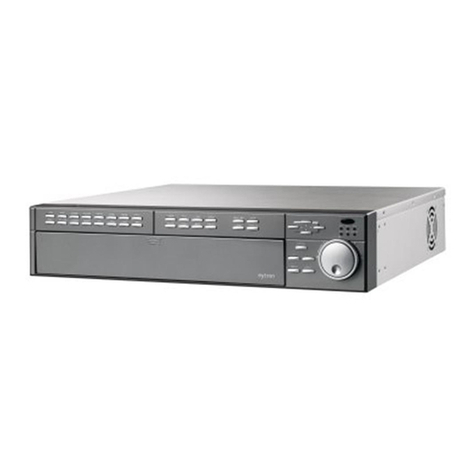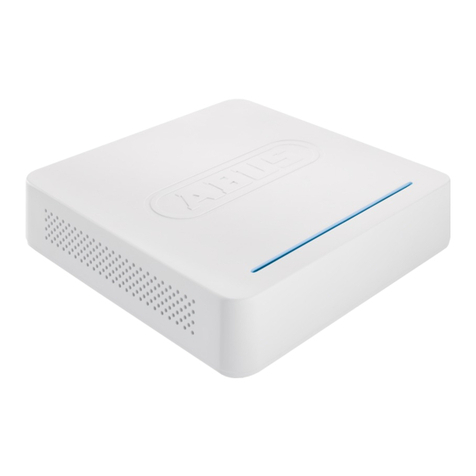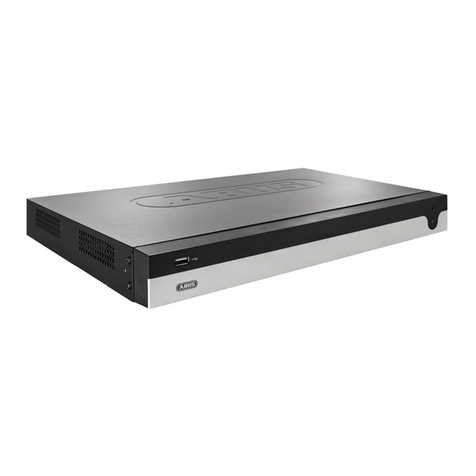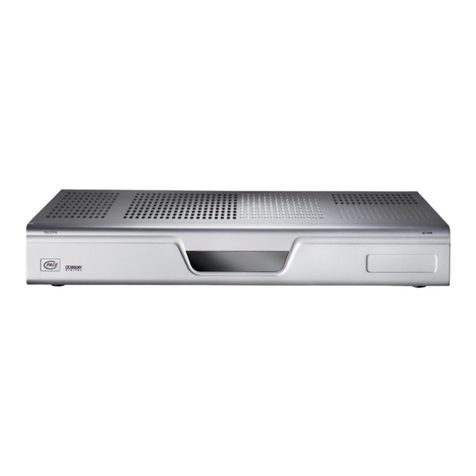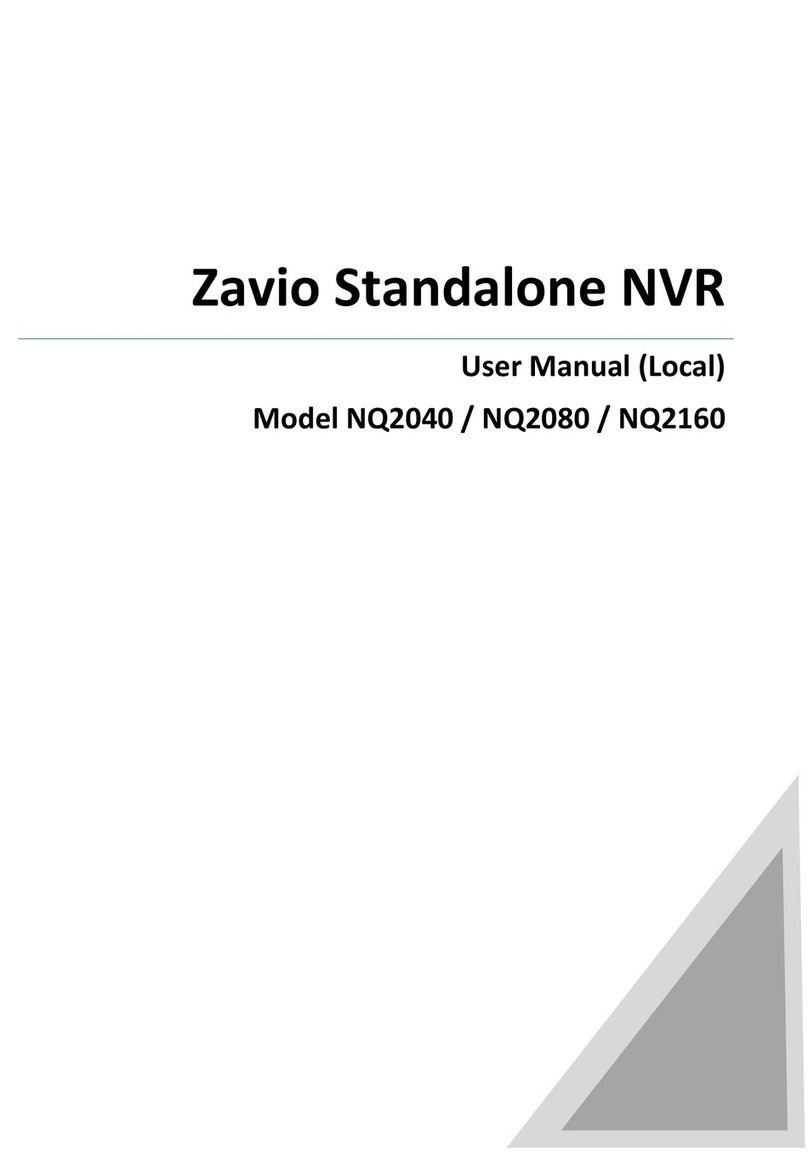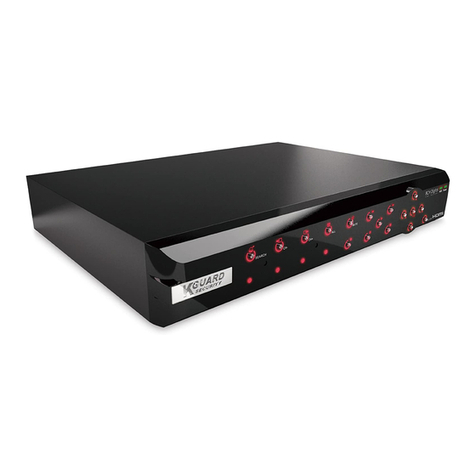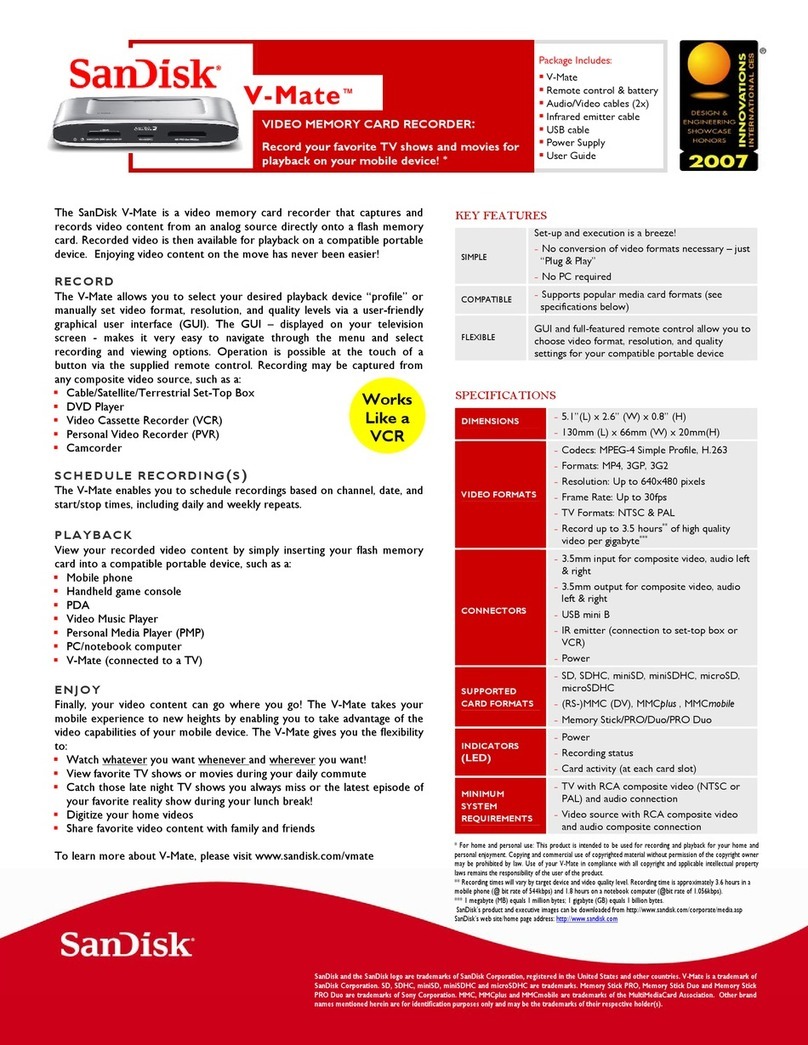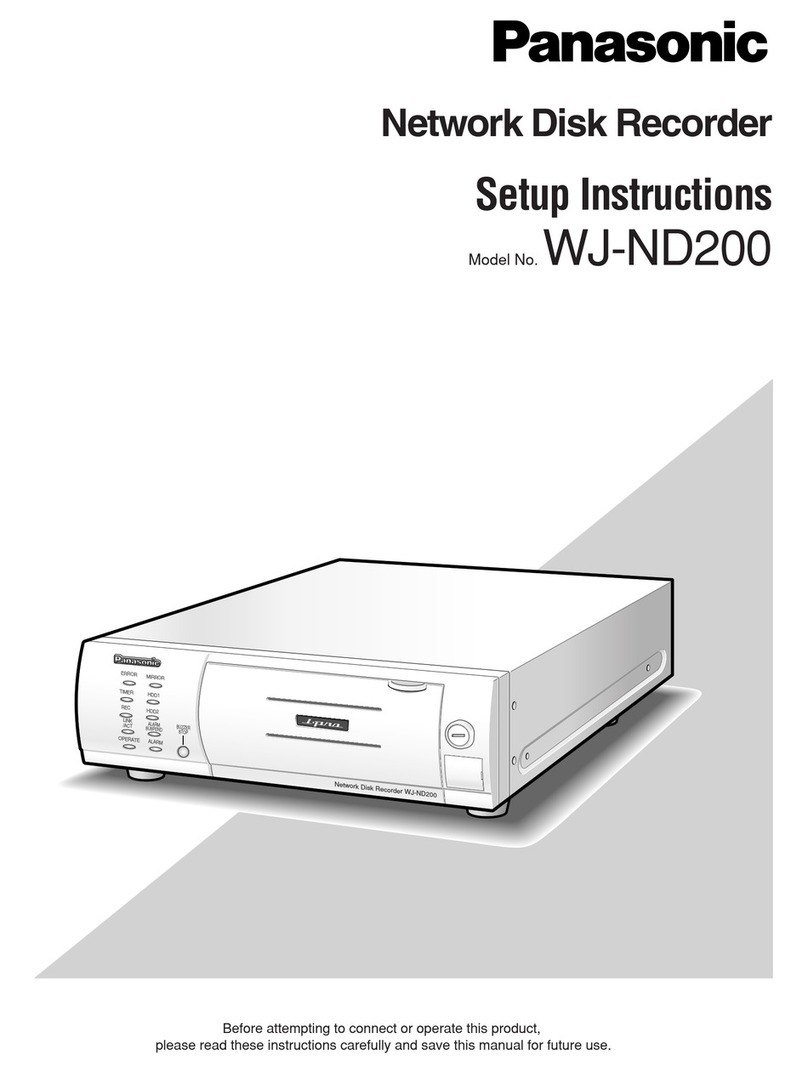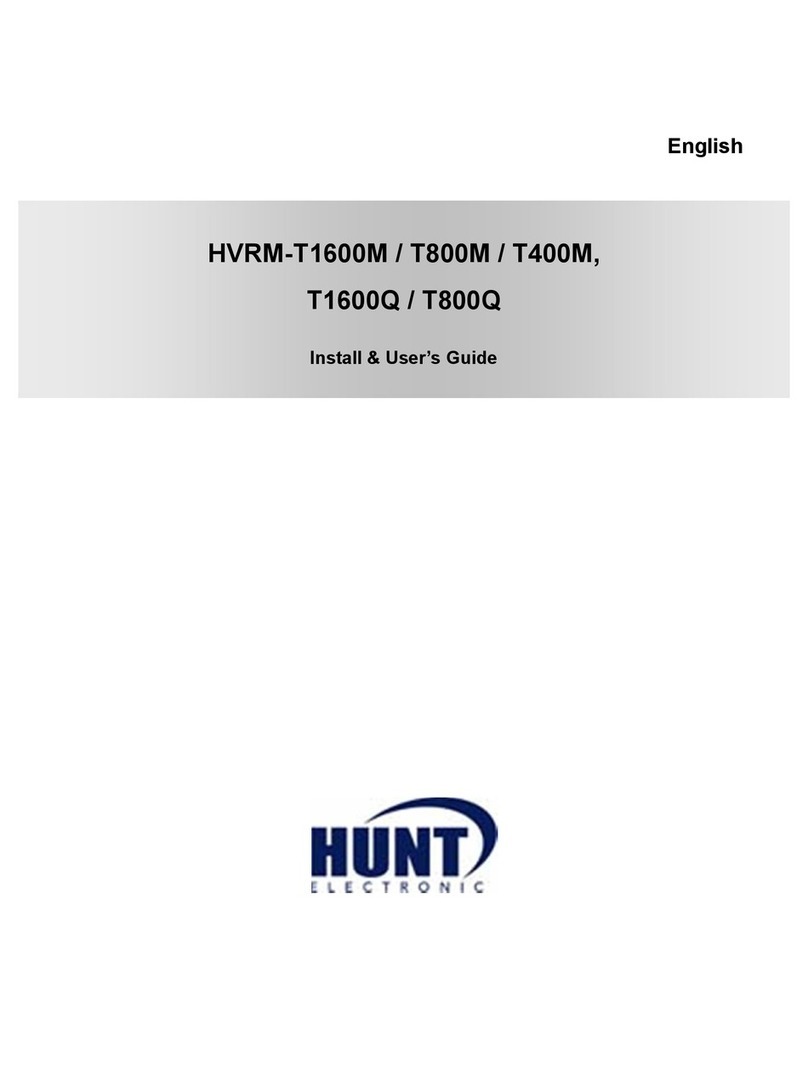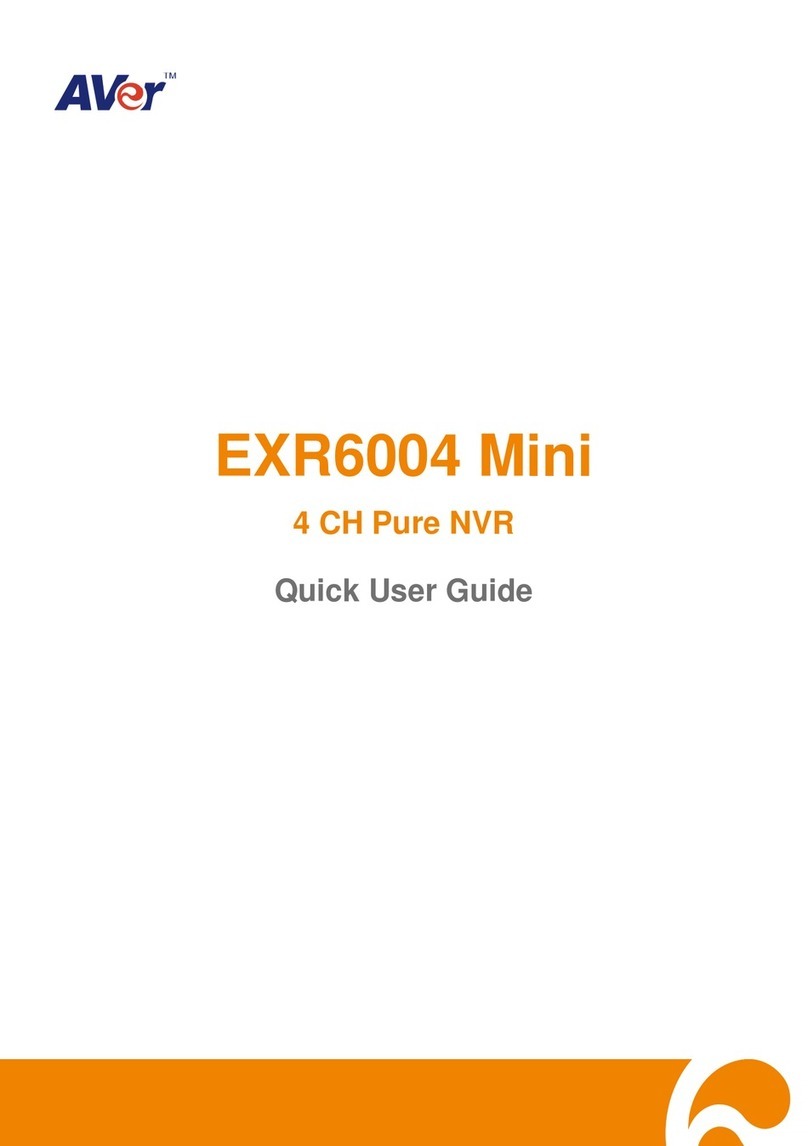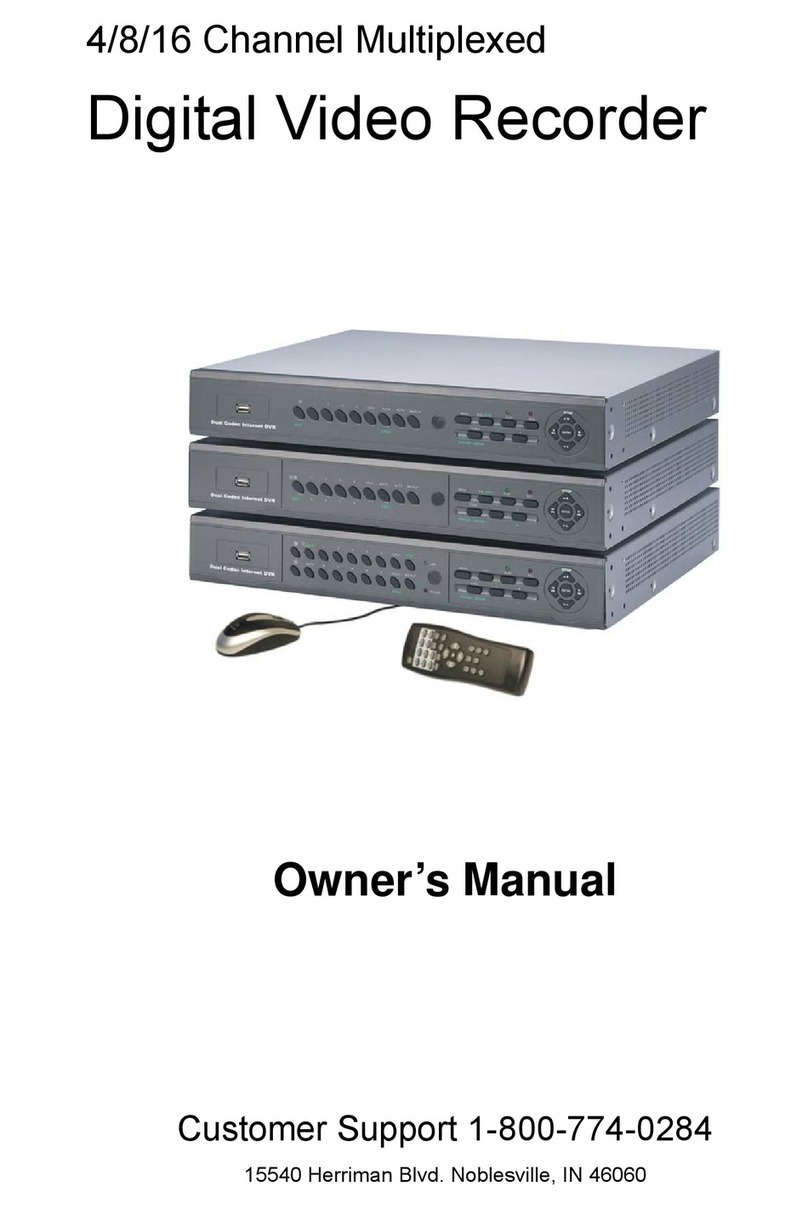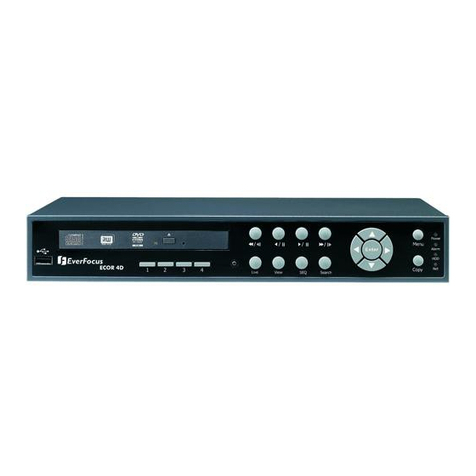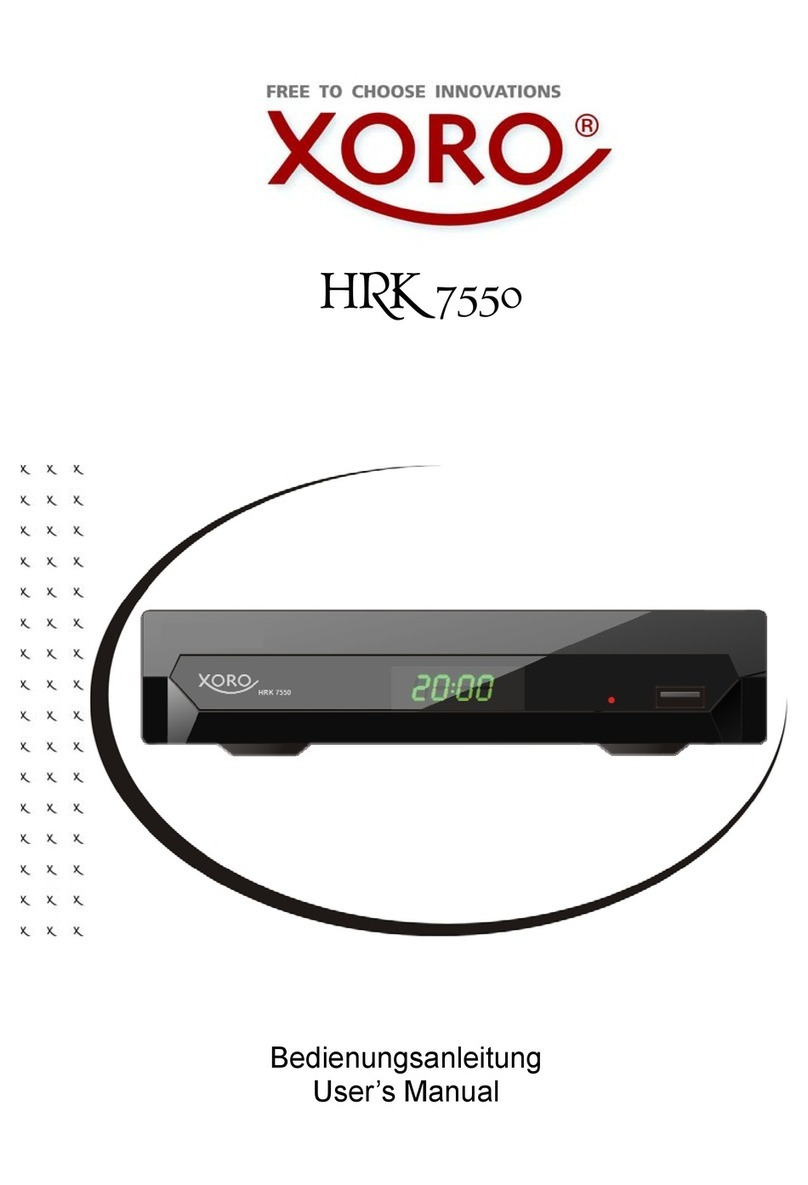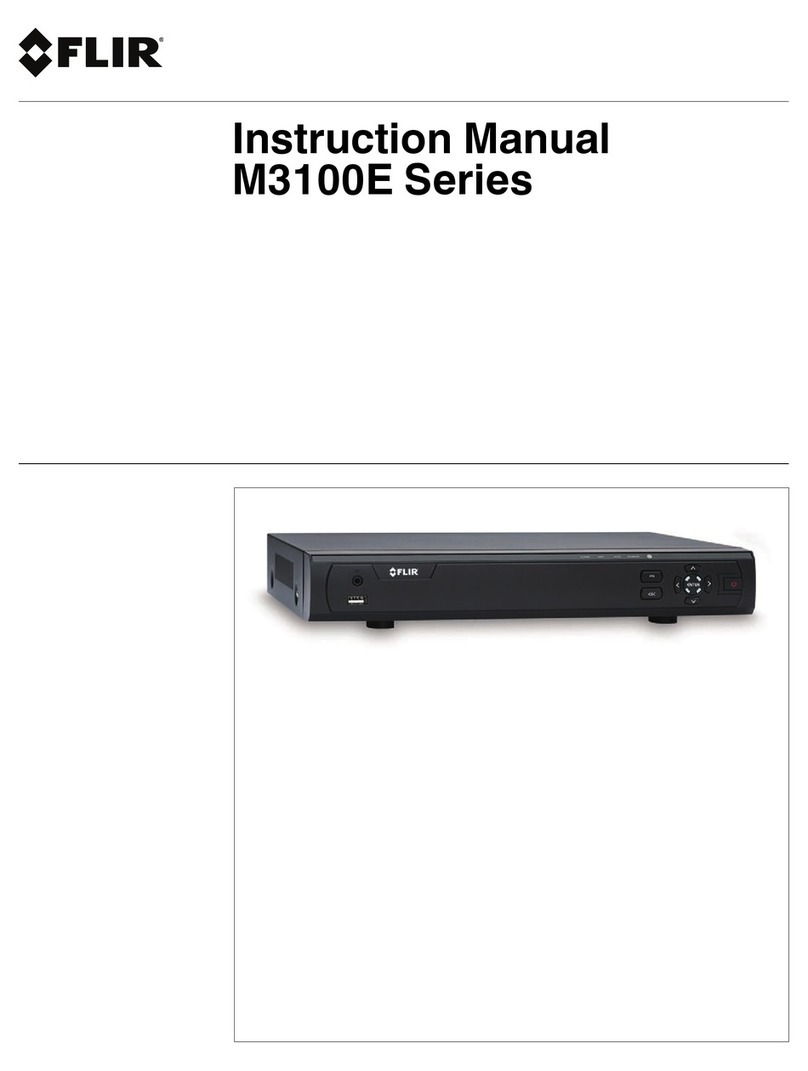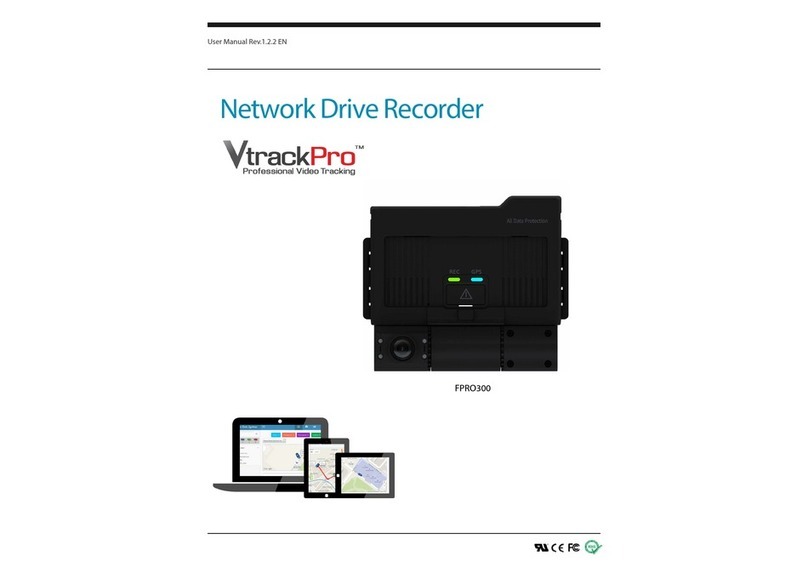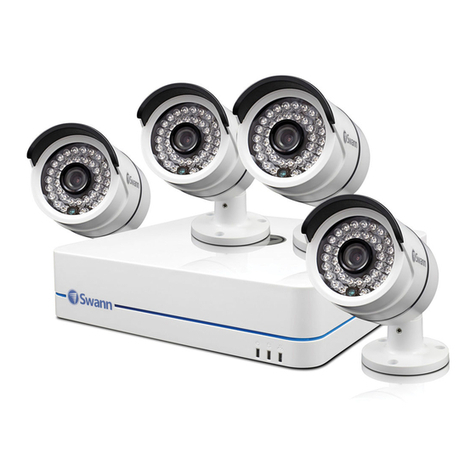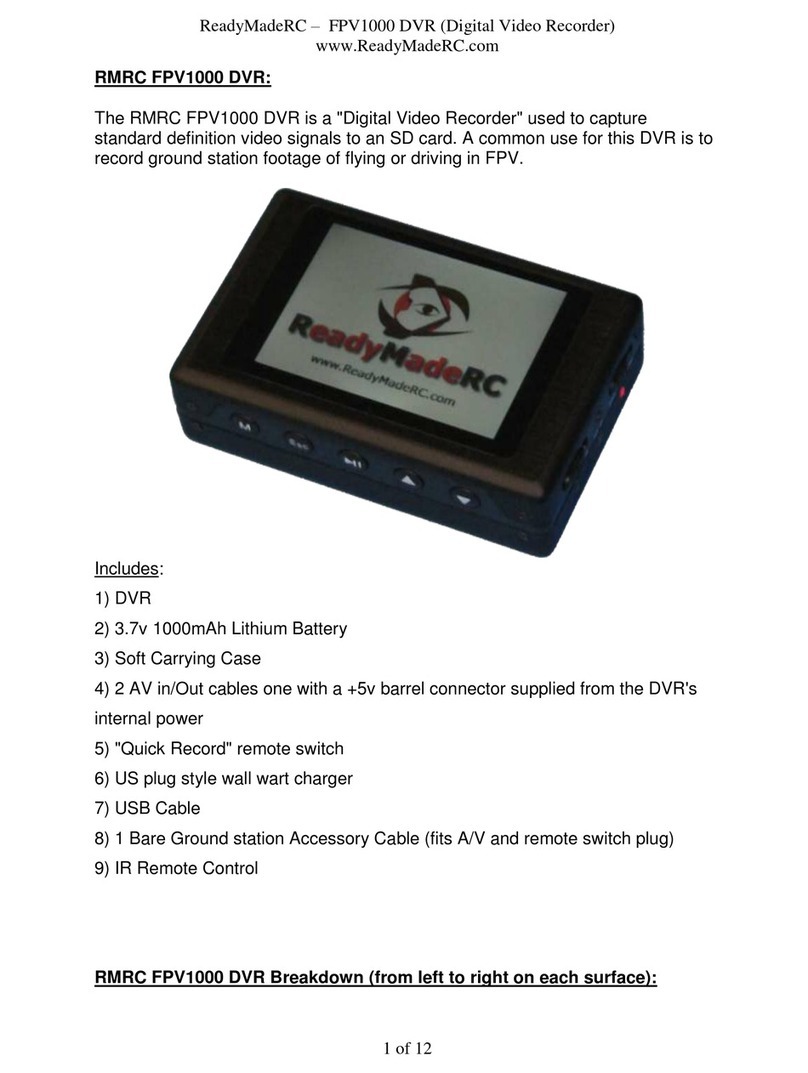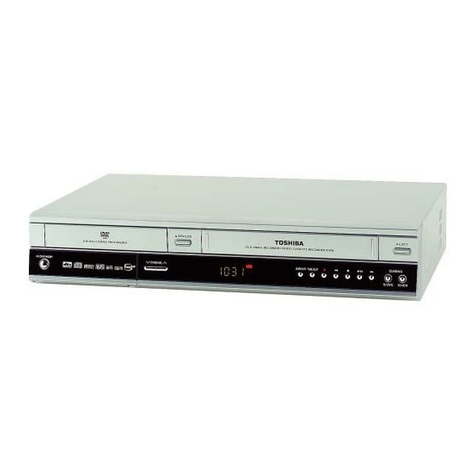Contents
3
Important safety information ..........................................................................................................................................5
Explanation of symbols....................................................................................................................................................5
Intended use ....................................................................................................................................................................5
General ............................................................................................................................................................................5
Power supply ...................................................................................................................................................................5
Installation........................................................................................................................................................................6
Children............................................................................................................................................................................6
EU Directives ...................................................................................................................................................................6
Compatibility ....................................................................................................................................................................7
General ............................................................................................................................................................................7
Compatible recorders.......................................................................................................................................................7
Compatible browsers .......................................................................................................................................................7
Image display performance..............................................................................................................................................8
System requirements.......................................................................................................................................................8
Introduction......................................................................................................................................................................9
General information .........................................................................................................................................................9
Internal access (LAN) ......................................................................................................................................................9
Local interface.................................................................................................................................................................9
ABUS IP installer.............................................................................................................................................................9
Windows UPnP search....................................................................................................................................................9
External access (internet)..............................................................................................................................................10
Using IPv6.....................................................................................................................................................................10
Dual-Stack and Dual-Stack Lite (DS Lite).....................................................................................................................10
Setting up port forwarding (IPv4)...................................................................................................................................10
Setting up the ABUS server (IPv4)................................................................................................................................11
DDNS for IPv6 (IPv6) ....................................................................................................................................................11
Access to DS Lite connections (IPv6)...........................................................................................................................11
Logging in for the first time.............................................................................................................................................12
Live cast..........................................................................................................................................................................14
General information on live image.................................................................................................................................14
Live image function areas..............................................................................................................................................14
Using the menu bar........................................................................................................................................................14
Using the camera list .....................................................................................................................................................14
Using the action bar.......................................................................................................................................................15
Using the view bar .........................................................................................................................................................15
PTZ control menu ..........................................................................................................................................................16
Playback view.................................................................................................................................................................17
General information on playback...................................................................................................................................17
Playback function areas.................................................................................................................................................17
Using the archive list......................................................................................................................................................18
Using the view bar .........................................................................................................................................................18
Using the playback controls...........................................................................................................................................18
Using the action bar.......................................................................................................................................................18
Export functions.............................................................................................................................................................19
Download.......................................................................................................................................................................19
Using the timeline and calendar ....................................................................................................................................19
Image export...................................................................................................................................................................20
Image export..................................................................................................................................................................20
Settings...........................................................................................................................................................................21
General settings.............................................................................................................................................................21
Setting: Local .................................................................................................................................................................22
